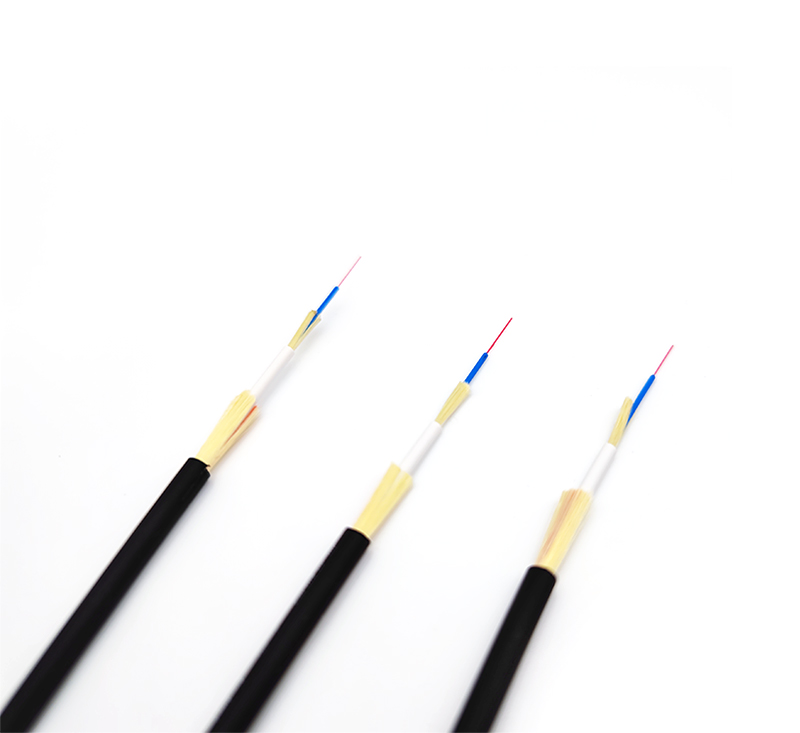Typically, an optical fiber communication system consists of three main components: an optical transmitter, an optical cable, and an optical receiver. The optical transmitter converts the electrical signal into an optical signal; the optical cable transmits the optical signal from the optical transmitter to the optical receiver, and the optical receiver reconverts the optical signal into an electrical signal. The most commonly used light emitters are semiconductor devices such as LEDs (Light Emitting Diodes) and laser diodes. Photodetectors are key components of light receivers. It uses the photodetector effect to convert light into electricity. As for fiber optic cables, that's too much. With the use and demand for speed and bandwidth, the evolution of fiber optic cables has been phenomenal. Now there are OS2 fiber, OM1 fiber, OM2 fiber, OM3 fiber, OM4 fiber and OM5 fiber cable for different optical applications in the optical cable market. Optical fiber is used as a medium for telecommunications and networking because it is flexible and can be bundled into cables. It's especially beneficial for long-distance communications because light travels through fiber with little attenuation compared to copper cables. The diagram below shows that all fiber optic transmission systems use modulated light to transmit information from a transmitter to a companion receiver.











